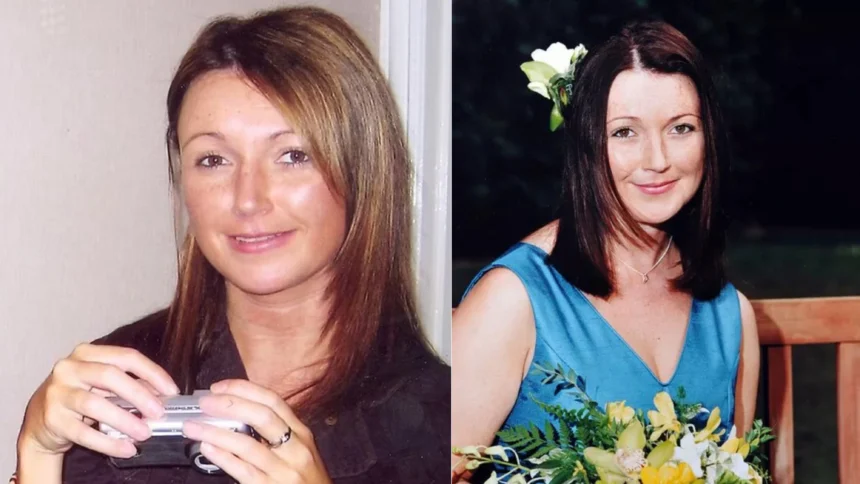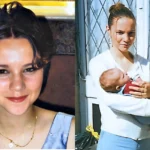On March 18, 2009, 35-year-old chef Claudia Lawrence spoke with her mom, Joan, about Mother’s Day plans. The call was ordinary. Joan later said her daughter seemed “normal and relaxed.”
Claudia said she was going to bed early because her work shift started at 6:00 a.m. the next morning. That night she sent her last text at 8:23 p.m. and received one at 9:12 p.m.
After that, there was silence. She never showed up for work the next day. Her phone, rucksack and hair straighteners were gone. Her purse, passport and bank cards were left behind. Since then, no one has seen her.
Growing Up in Yorkshire
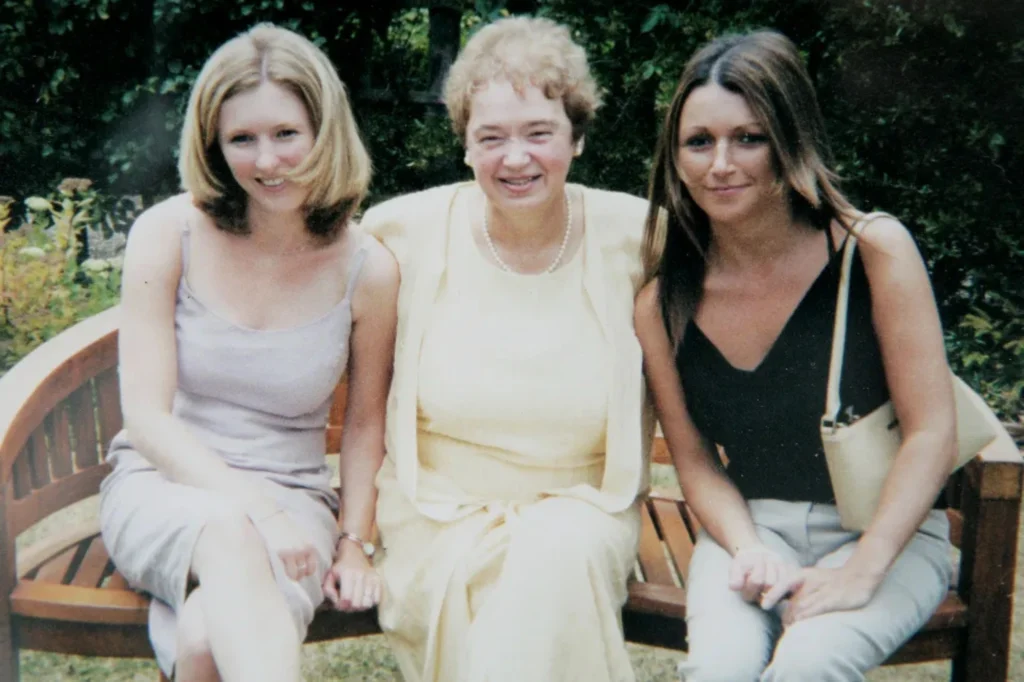
Claudia was born on February 27, 1974, in Malton, North Riding of Yorkshire. She had a good childhood, raised by Peter Lawrence, a solicitor and her mother Joan, who worked in local politics and even became mayor of Malton. She also had an older sister named Ali.
Claudia attended York College for Girls and later went to catering college where she trained to be a chef.
Her early career involved working in different restaurants and hotels but the long and late hours wore her down. In 2006, she took a job at the University of York’s Goodricke College where people described her as dependable and punctual.
By 2007, she had bought her own small terraced home in Heworth, a quiet suburb only a few miles from her workplace.
Claudia’s personal life, however, was more complicated. She often kept her relationships secret. Police later learned she was involved in several short-term relationships, including with married men, the Sky News reports.
This came as a shock to her family and became a major focus of the investigation later. She was a regular at The Nag’s Head pub where she met friends and some of the men she dated.
She also traveled to Cyprus multiple times and thought about working there. Her father later admitted that these relationships sometimes caused “awkward situations.”
Her Last Day
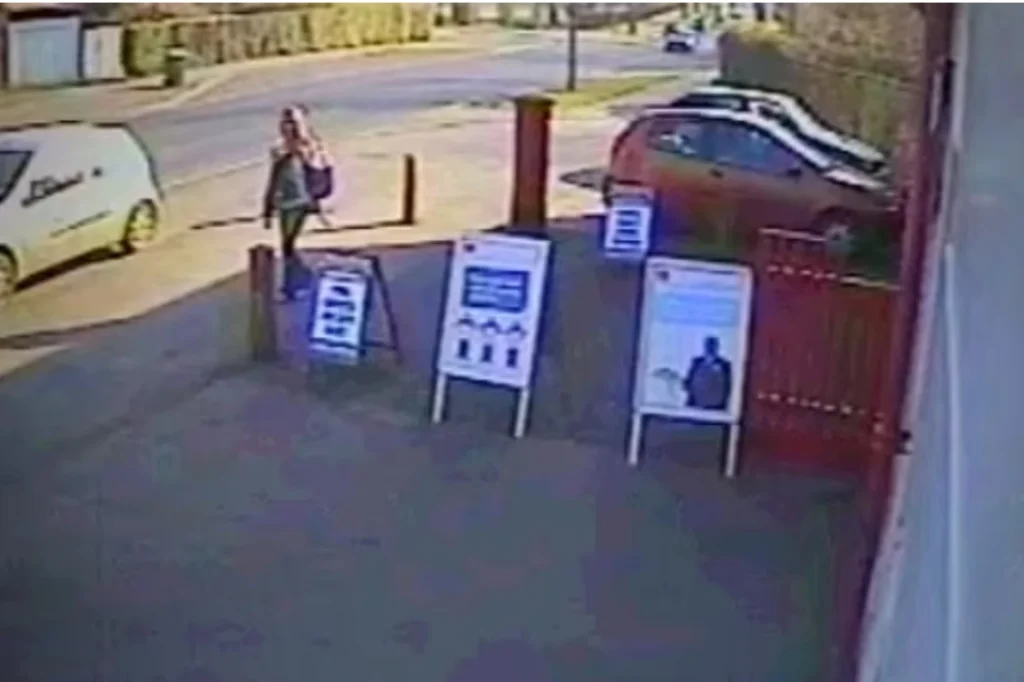
On the morning of March 18, Claudia left for work before sunrise. She clocked in at the university canteen at 6:00 a.m. and finished at 2:00 p.m. CCTV footage caught her walking away from campus.
Around 3:00 p.m., she was seen on another camera near her home and a neighbor confirmed spotting her. That night she spoke to both her parents. Joan recalled her mood as being relaxed and calm. Nothing seemed wrong.
She texted a friend around 8:23 p.m. and got one last message at 9:12 p.m. Then everything stopped.
On March 19, Claudia didn’t arrive at work. At first, her absence didn’t raise alarms. People assumed she had taken a day off. Later that evening, when she didn’t meet her friend Suzy Cooper at The Nag’s Head, concern grew.
Cooper tried calling her several times but got no answer. Eventually, Claudia’s father checked her home. Everything looked normal inside—bed made, dishes in the sink, purse and cards untouched.
But her phone, straighteners and rucksack were missing. It looked like she had left early in the morning to walk to work but she never got there, according to The Guardian.
From Missing Person to Murder Inquiry
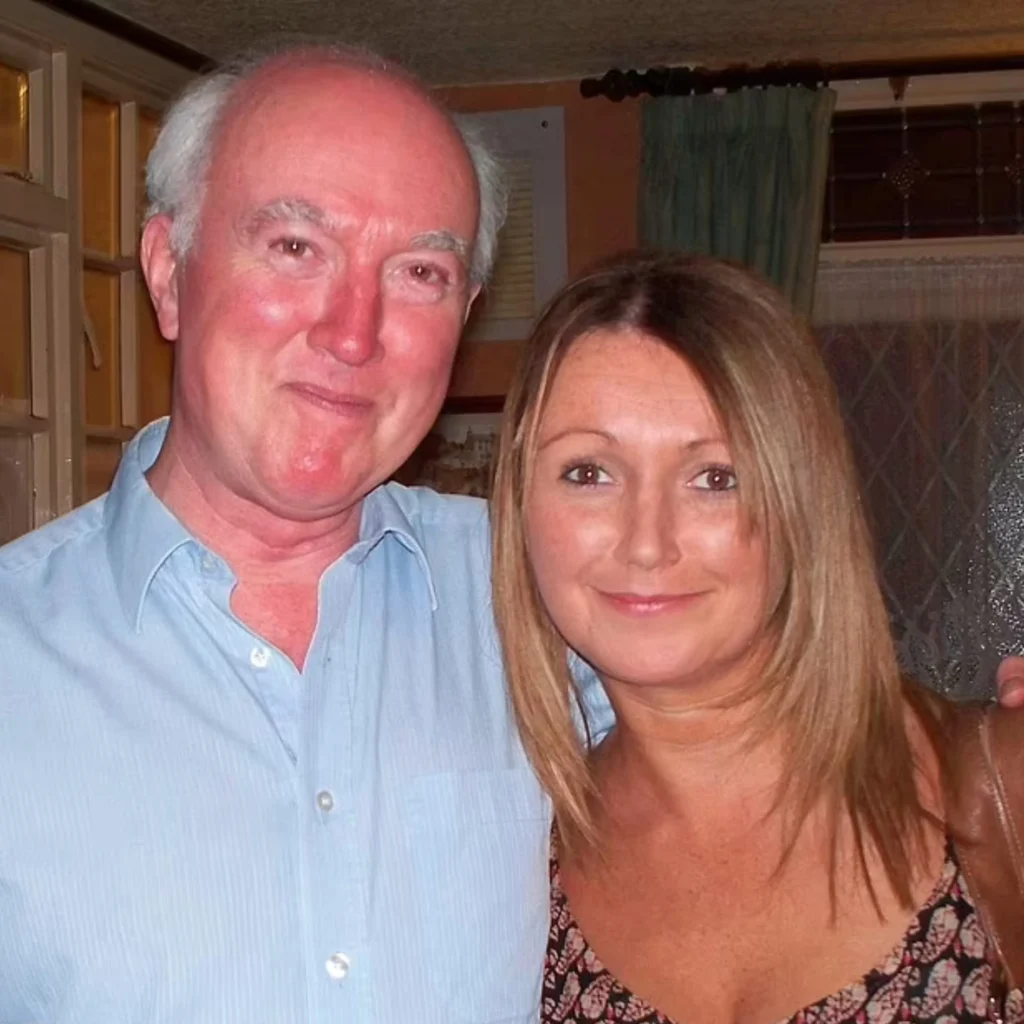
At first, North Yorkshire Police didn’t think foul play was involved. Claudia was an adult and there was no immediate evidence of violence. For weeks, they treated it as a simple missing person case.
But by April, pressure from her family and the growing media coverage pushed police to upgrade it to a suspected murder.
Searches were carried out along her route to work. Police checked CCTV and asked for tips from the public. They found no signs of a struggle.
What did stand out was that her phone had stayed on until 12:10 p.m. on March 19 and then was deliberately turned off in Heworth, not far from her home.
Investigators began to suspect she may have been harmed by someone she knew. Detective Superintendent Ray Galloway described Claudia’s life as “complex and mysterious.”
Media stories started calling her social life a secret double life. A news report said she “apparently lived a significant part of her life in secret.”
The Archbishop of York, John Sentamu, made a public appeal, asking anyone with information to step forward. Crimestoppers offered a £10,000 reward. Still, no solid leads surfaced.
Leads and Rumors
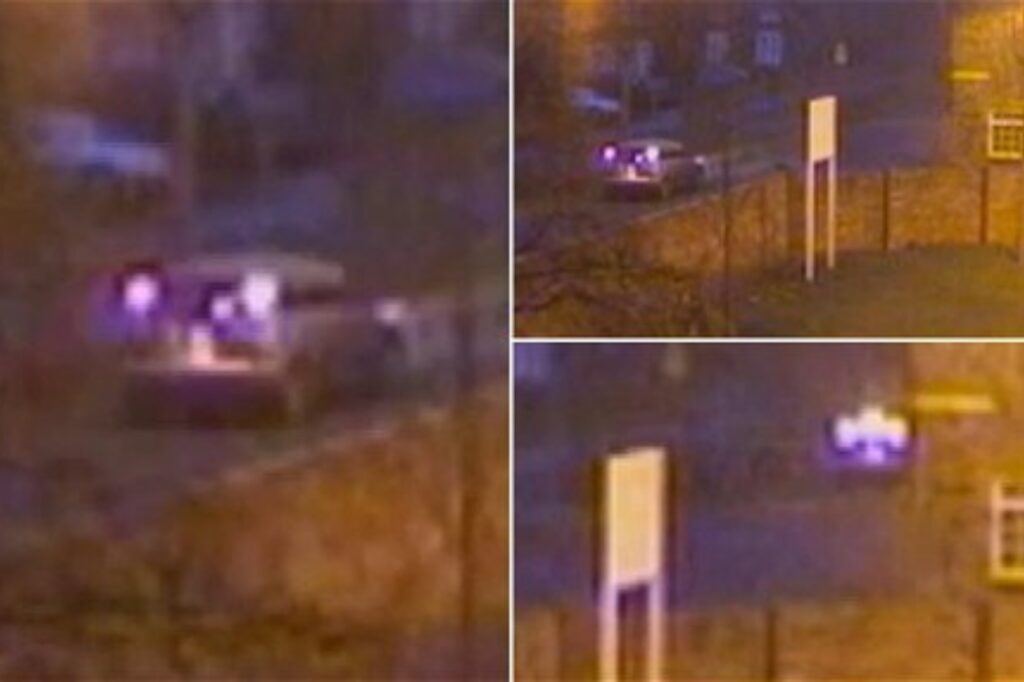
Plenty of tips came in but none solved the mystery. There was talk of a man in a rusty white van seen trying to talk to women near Claudia’s route to work. Police followed up but found nothing.
Her father Peter even used YouTube in June 2009 to make an emotional appeal. Later that year, detectives checked her connections in Cyprus after learning she had friends and possible job opportunities there. Again, nothing came of it.
On the fifth anniversary of her disappearance, investigators released CCTV of a silver Ford Focus with flashing brake lights near her house around the time she vanished. That, too, went nowhere, per BBC. Every lead seemed to end in frustration.
Cold Case Review
By 2013, the case was considered cold. That year, North Yorkshire Police formed a Major Crime Unit and reopened Claudia’s file. With better forensic tools, they checked for new evidence.
They found fresh fingerprints and a man’s DNA on a cigarette butt in Claudia’s car. Cell tower records showed she had been in the Acomb area of York before she disappeared.
Several arrests followed, including a former co-worker who used to give her rides. Later, four men from The Nag’s Head pub were arrested on suspicion of murder.
But in 2016, the Crown Prosecution Service said there wasn’t enough evidence to charge them. Everyone was released.
In 2021, police carried out another search, this time in wooded areas and gravel pits northeast of York. They brought in cadaver dogs, radar and drones. Senior investigator Wayne Fox said there were “no significant findings.”
The Serial Killer Theory

Some speculated Claudia’s case might be linked to convicted killer Christopher Halliwell, who murdered Sian O’Callaghan in 2011. That crime happened on March 19, the same date Claudia vanished two years earlier.
But police in both North Yorkshire and Wiltshire said there was no proof of a connection. Claudia’s mother Joan, however, voiced the frustration many felt: “The police may not have proved he had anything to do with my daughter’s disappearance, but they haven’t disproved it either.”
Her disappearance had another impact far beyond the investigation. Because Claudia was never declared dead, her family struggled to deal with her finances and property.
Peter Lawrence began campaigning for legal reform, pushing for families of missing people to have the right to manage their estates.
The campaign worked. In 2017, the Guardianship (Missing Persons) Act was passed, also known as “Claudia’s Law.” It went into effect in 2019 and allowed families to apply for guardianship after someone had been missing for 90 days, according to Lexology.
Peter called it a vital step for families stuck in limbo. Sadly, he passed away in 2021, not long after seeing the law become reality.
The Mystery Remains
It has been more than sixteen years since Claudia Lawrence disappeared. Every theory—whether she was harmed by someone close, targeted randomly or connected to another case—remains unproven.
Her family still waits for answers. Joan continues to share her daughter’s story, even joining a podcast called Answers for Claudia.
What happened to Claudia on that March night in 2009 is still one of Yorkshire’s greatest mysteries. Was she taken on her walk to work? Did someone she trusted betray her? Did secrets in her personal life play a role? No one knows for sure.
Let’s dig into the legal side of no-body murder cases.
How difficult it is to prosecute a murder when no body has ever been found
Prosecuting a murder without a body is one of the hardest jobs in the courtroom. The absence of a corpse doesn’t just leave an empty space in the evidence. It strips away the most straightforward proof that a crime even happened.
Yet, history shows that it’s not impossible, with the right mix of circumstantial evidence, strong narrative and airtight law, prosecutors in the United States have secured convictions even when the victim’s remains were never recovered.
This isn’t a Hollywood plotline; it’s a legal battlefield where every piece of evidence must fight harder to be believed.
Proving Death Without a Body
At the core of any murder trial is the principle of corpus delicti, literally “the body of the crime.” In murder, this means proving two things: first, that someone actually died and second, that death was caused by another person’s unlawful actions.
Normally, a body itself answers both questions—injuries, autopsy, cause of death, time of death. Without it, everything changes. Prosecutors suddenly have to build an invisible body out of facts, patterns and behavior.
The law is very clear about this. In New York, for example, Criminal Procedure Law § 60.50 states that “a confession of the defendant is not sufficient to warrant his conviction of an offense without additional proof that the offense charged has been committed.”
In plain terms: no matter how detailed a confession sounds, you can’t convict someone of murder unless you’ve got independent evidence that the victim is dead and the crime actually took place.
This rule got tested in a case called People V Lipsky (1982). The judges decided a confession isn’t enough by itself—you need other real proof too. Why? Because history has shown that false confessions happen—and no legal system wants to send an innocent person to prison on words alone.
Circumstantial Evidence as the Foundation
So if there’s no body, what can they use? Mostly clues, also called circumstantial evidence. It’s what these cases rely on. It’s not like direct proof, such as an autopsy. Instead, it’s more like a puzzle. One piece alone doesn’t show much but when you put them all together, the story gets clear.
Think of the pieces prosecutors put on the table:
- A victim who vanishes without a word, leaving behind essentials like their phone, purse or passport
- A sudden stop in communication—no calls, no texts, no bank activity
- Witnesses who remember suspicious arguments, strange behavior or the victim’s last known steps
- Forensic traces: a pool of blood that’s too much for survival, DNA in places it shouldn’t be or a missing item found in a suspect’s car
- The defendant’s shifting stories, late-night internet searches about body disposal or rushed attempts to clean up
- Motive and opportunity that match up with the timeline
When these fragments come together, the prosecution tells a story: the victim didn’t just run away, didn’t just vanish. They were killed and the accused is responsible.
A murderer shouldn’t escape justice just because they succeeded in hiding a body.
Establishing Time and Location of Death
In a regular homicide case, medical examiners use the body itself to estimate when and where death occurred. In a no-body case, prosecutors need substitutes.
That’s where technology and testimony come in. Cell phone records might show the victim’s last activity at 10:15 p.m. near a specific tower.
Surveillance cameras can capture them walking down a street minutes before disappearing. A digital footprint—like an email never answered, a debit card never used again—becomes a timestamp.
Together, these help build a timeline: when the victim was last seen alive and who had access to them in that window of time. Jurisdiction, opportunity and guilt all grow out of those moments.
Relevant Laws and Statutes
The Model Penal Code § 210.2 defines murder in broad strokes: the unlawful killing of another human being with malice aforethought. Notice that it doesn’t say a body must be presented. Courts have leaned on that flexibility when a corpse is missing.
On top of that, the Uniform Code of Evidence allows juries to make reasonable inferences from circumstantial proof. That’s the lifeline prosecutors hold onto: the idea that twelve jurors can look at the whole picture and say, “This adds up to murder.”
State statutes echo this. In New York, the CPL § 60.50 requirement of corroboration is a safeguard, not a barrier. Other states have similar provisions to prevent wrongful convictions but still allow juries to reach guilty verdicts when the evidence paints a clear picture.
Investigative Techniques in No-Body Cases
Building these cases requires creativity and relentless investigation. Detectives and forensic teams use every modern tool available:
- Forensic sweeps for blood, fibers, or hair in cars, houses and hidden corners
- Digital forensics pulling text logs, deleted emails and suspicious internet searches
- Cell tower mapping to track where phones traveled or stopped
- Interviews and surveillance to dismantle false alibis or confirm strange behavior
- Psychological profiling to establish motive and opportunity
Every scrap matters because each clue has to speak louder in the absence of a body. And with advances in DNA profiling and digital technology, today’s investigators have more ways than ever to chase down what used to stay hidden.
Case law across the U.S. has drawn the same bottom line: you don’t need a body to prove murder, but you do need evidence so solid that no reasonable doubt remains.
That earlier ruling made one thing clear: a confession on its own isn’t enough. From then on, prosecutors leaned on circumstantial webs to convict in no-body murders and judges backed them up. After all, letting someone off just because they hid the body would make the justice system a joke.
One judicial opinion stated it clearly: “The absence of a body cannot become a defense in itself.” That perspective has shaped modern no-body trials—ensuring that successful concealment doesn’t become an escape hatch from justice.
Jury Considerations in No-Body Cases
Convincing a jury is always the last, hardest hurdle. Jurors are human; many expect to see a body, photos, autopsy reports. Without that, prosecutors have to guide them carefully through the evidence.
Judges often remind juries: “You don’t need direct evidence. Circumstantial evidence can be just as convincing.” But jurors must also guard against speculation—guesswork isn’t proof. The prosecution’s story has to fit together so tightly that the only reasonable conclusion is murder.
It’s a balancing act. The risk of wrongful conviction is real but so is the risk of letting a killer walk free because they hid the remains too well.
Legislative Developments and Helen’s Law
Families of missing victims face an agony that stretches beyond the courtroom. Without a body not only do they lack closure, they also struggle with legal issues like estates, insurance or even guardianship.
In the UK, Helen’s Law was passed after a murder case where the killer refused to reveal the location of the victim’s body. The law makes it harder for convicted murderers to get parole if they won’t disclose where the remains are.
While the U.S. doesn’t have an identical federal law, similar proposals have surfaced and the principle resonates internationally: justice shouldn’t reward silence.
Closing Thoughts
Murder prosecutions without a body demand more patience, more strategy and more faith in the power of circumstantial evidence. They sit at the crossroads of law, technology and storytelling.
Every text that was never answered, every piece of blood found where it shouldn’t be, every strange shift in behavior—all of it becomes the silent witness the body can no longer be.
As difficult as these cases are, courts in the U.S. have proven again and again that justice doesn’t depend on a corpse alone.
What it depends on is whether the evidence, woven together, tells a story strong enough to erase doubt and hold someone accountable for the crime no one saw.

